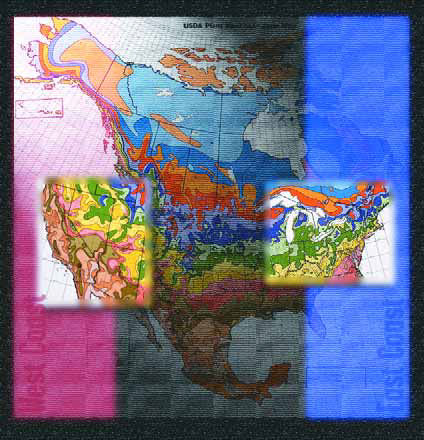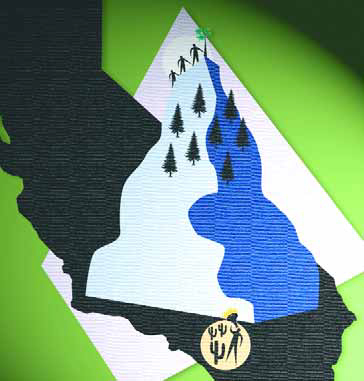climate
I wouldn't have thought that a bit of Thanksgiving travel could teach me so much about the regional differences among watershapes, but what now seems obvious came as something of a jolt to me. My youngest daughter has a new job in Philadelphia and couldn't get away. Someone suggested we should
I'm freshly returned from the International Pool|Spa|Patio Expo, loaded with memories and impressions and ready to set my course for the year to come. I had the editorial conversations I needed to have, conferred with old friends and new acquaintances and met with multiple suppliers to
I’ve been a fanatical WaterShapes reader from the very beginning, drawn not only by the cool projects but also by its publication of columns and features written by people who actually had experience in the field. Sometimes I love those writers, sometimes they bug the daylights out of me – but always, I appreciate getting information right from the source. And I can’t recall ever having come away from reading WaterShapes without being inspired: pushed to think outside my comfort zone and, more important, convinced it’s always, always best to
As much as I love cold weather, I have to concede that we experienced way too much of a good thing this past winter. Long periods of extremely cold weather are the norm in many other parts of the country, and plants survive. Here, however, our local plants may be accustomed to surviving the isolated sub-freezing night, but sustained, frosty temperatures lasting nearly a week are something they weren't meant to handle. I'm sure you've seen the results of our cold snap in the news: Much of the state's citrus population - yes, coincidentally, the wonderful treats I wrote about in last month's column - has sustained long-term damage and the trees in many cases will take two years and more to recover. And that doesn't just affect us here: The rippling effects will be felt in
As much as I love cold weather, I have to concede that we experienced way too much of a good thing this past winter. Long periods of extremely cold weather are the norm in many other parts of the country, and plants survive. Here, however, our local plants may be accustomed to surviving the isolated sub-freezing night, but sustained, frosty temperatures lasting nearly a week are something they weren't meant to handle. I'm sure you've seen the results of our cold snap in the news: Much of the state's citrus population - yes, coincidentally, the wonderful treats I wrote about in last month's column - has sustained long-term damage and the trees in many cases will take two years and more to recover. And that doesn't just affect us here: The rippling effects will be felt in
My daughter and I just returned from our annual trip to visit family in Connecticut and used the occasion this time to travel all over the northeast - from Boothbay Harbor, Portland and Camden in Maine to Martha's Vineyard and Nantucket and other parts of Massachusetts as well as slices of New Hampshire and Rhode Island. I'm never disappointed by the beauty I find in that part of the country. The landscapes are much lusher than they are at home in southern California, a fact that drives home the point that I spend most of my time in a desert. The old-growth trees back east are
I never really thought much about the plants and trees surrounding me until I started edging my way toward the landscape-design business. Growing up, I'd look out my bedroom window and into our backyard and see plants and trees, but I didn't know that they were called Junipers or Giant Birds of Paradise or Ficus trees. They all looked pretty much the same to me - a generic veil of greenery. My path of discovery began when I bought my first house on Long Island. All of a sudden, there were rules about
It's pretty obvious that designing projects outside your familiar climate zone takes some ingenuity and resourcefulness. That's something I could have told you before I tackled a project near Lake Arrowhead in Southern California's mountains - a world away from my usual work in the hot, arid San Fernando Valley or on Los Angeles' temperate west side. What the experience drove home for me, however, is the importance when you're working away from your home base of finding people in that "alien" zone who know what they're doing and are willing to
It's not often that we're asked to stretch ourselves. This past year, however, I was presented with that opportunity in landscaping a site that was quite different from the usual residential lots I encounter in Southern California. Through all my years in business, I've become accustomed to working in a climate that supports year-round planting, year-round foliage and year-round lush views. In this case, I received a call to design a garden in the mountains above Southern California - and I jumped at the chance to
So you read my last article and were so excited about Amazonian Water Lilies that you'd decided to talk some clients into going for it. But alas, after measuring their yard, you recognize that you won't have enough room to accommodate the gargantuan watershape you'll need to host such an immense plant. But your clients are still hot to trot with something unusual, even after you've accepted the fact that




















